Table of Contents
The recent refusal by Punjab to accept the Bhakra Beas Management Board’s (BBMB) decision to release an additional 4,500 cusecs of water to Haryana has stirred a fresh political and administrative row over river water sharing in northern India. The issue highlights longstanding disputes between Punjab and Haryana, raising concerns about equitable water distribution and federal cooperation.
This article delves into the background of BBMB, its formation, jurisdiction, the projects it manages, and the current controversy — a crucial topic for students, researchers, and aspirants of civil services alike.
What is Bhakra Beas Management Board (BBMB)?
The Bhakra Beas Management Board (BBMB) is a statutory body set up for the administration, maintenance, and distribution of water and power from the Bhakra-Nangal and Beas river projects. It plays a vital role in interstate water and power sharing, especially between Punjab, Haryana, Himachal Pradesh, Rajasthan, Delhi, and Chandigarh.
Establishment and Legal Framework
-
Established: In 1966 under Section 79 of the Punjab Reorganisation Act, 1966.
-
Earlier Name: Bhakra Management Board.
-
Renamed: As Bhakra Beas Management Board in 1976 when the Beas Project was integrated into its mandate.
Jurisdiction
BBMB manages the water and hydropower distribution generated from:
-
Bhakra Dam (on the Sutlej River)
-
Beas Project (including Pong Dam and Beas-Sutlej Link)
-
Ensures operational integrity and inter-state cooperation.
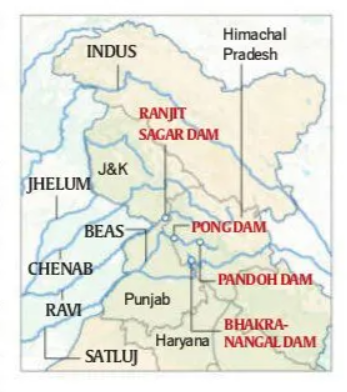
Major Projects Under BBMB
1. Bhakra Dam (Himachal Pradesh)
-
One of the highest gravity dams in Asia.
-
Built on the Sutlej River.
-
Key for irrigation, hydropower, and flood control.
-
Supplies water to Punjab, Haryana, Rajasthan, Delhi, and Chandigarh.
2. Nangal Dam (Punjab)
-
Located downstream of Bhakra Dam.
-
Functions primarily as a regulatory dam.
-
Channels water into the Nangal Hydel Channel.
3. Beas-Sutlej Link Project
-
Connects the Beas River with the Sutlej River.
-
Facilitates optimal use of surplus Beas waters.
-
Strengthens irrigation in southern Punjab and parts of Haryana.
4. Pong Dam (Himachal Pradesh)
-
Built on the Beas River.
-
Important for hydroelectric power generation and water storage.
-
Integral to BBMB’s operations post-1976.
The 2025 Dispute: Punjab vs Haryana Over Water Release
The Controversy
-
The BBMB decided to release an extra 4,500 cusecs of water to Haryana.
-
Punjab strongly objected, citing its own water scarcity and the declining groundwater levels.
Punjab’s Stand
-
Claimed that additional release would severely impact its agricultural activities, especially in peak summer months.
-
Highlighted constitutional rights over its own resources, invoking riparian principles.
Haryana’s Argument
-
Asserted its rightful share as per inter-state agreements and court orders.
-
Emphasized agricultural dependency on canal waters from Bhakra and Beas.
Legal and Political Implications
Inter-State River Water Disputes Act, 1956
-
The Act governs how disputes are resolved between states over shared rivers.
-
While BBMB is empowered under a different law, it often acts as a nodal authority amidst conflicting state interests.
Supreme Court Involvement
-
The SYL (Sutlej-Yamuna Link) canal case between Punjab and Haryana is still pending.
-
This current water release conflict could potentially become a new flashpoint.
Why This Matters
-
Water security is a critical issue for India’s agrarian states.
-
The Punjab-Haryana dispute underscores the need for water-sharing reforms, especially amidst climate change and depleting groundwater.
-
The BBMB’s role as a neutral body is being questioned, necessitating greater transparency and consensus-building mechanisms.
Conclusion
The Punjab government’s rejection of BBMB’s decision to release more water to Haryana has once again spotlighted the fragile nature of inter-state water sharing in India. The issue has deep legal, ecological, and political ramifications. With agriculture, livelihoods, and regional peace at stake, a cooperative federal approach is essential to prevent escalation and ensure fair water distribution.

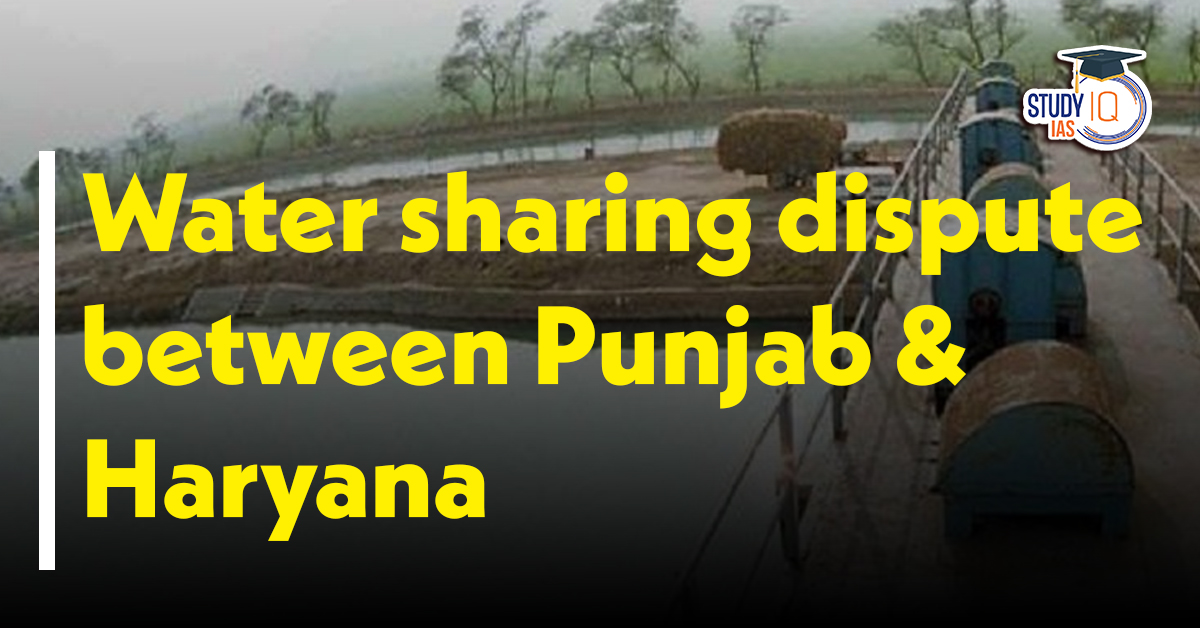
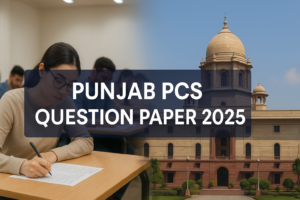 Punjab PCS Question Paper 2025 Out: Down...
Punjab PCS Question Paper 2025 Out: Down...
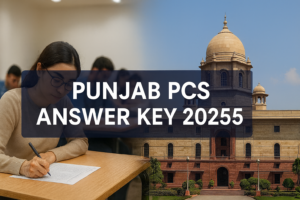 Punjab PCS Answer Key 2025 (Out Soon): G...
Punjab PCS Answer Key 2025 (Out Soon): G...
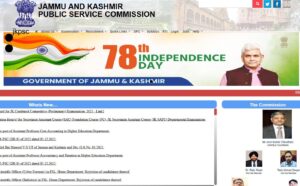 JKPSC Question Paper 2025 Out: Download ...
JKPSC Question Paper 2025 Out: Download ...

























